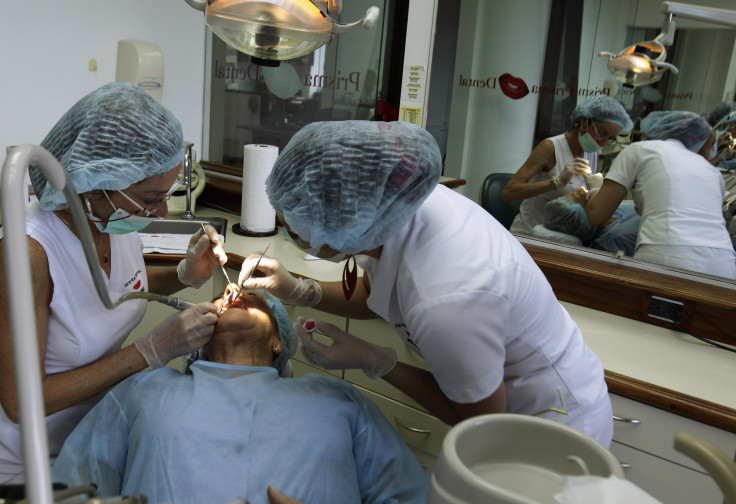Disinfectants don’t completely remove bacteria in dental equipment

In an analysis of three disinfectants used by some European dentists on their water lines, researchers found that bacteria still lurk, exposing the dental equipment. The risk to contamination with bacteria, yeast and other microbes is exacerbated by these tools coming into contact with patients’ mouths.
The study, made by researchers from Universite de Poitiers in France, analysed three brands of disinfectants used to control biofilms in dental water lines. These were Calbenium®, Oxygenal 6® and Sterispray®.
Among the three brands, none was completely effective on polymicrobial biofilm. The findings of the study, published in Water Research, explains why there are documented cases, although rare, of the dental equipment causing infections in patients.
One such case happened in 2011, involving an 82-year-old woman who was diagnosed with Legionnaire’s disease. When she was admitted to the hospital, the patient had difficulty breathing. The ailment came from a contaminated dental water line which caused the woman’s death after two days.
The challenge that dental clinics face is the bacteria grow in clusters by covering itself with biofilms, protective layers that are hard to prevent and remove despite using disinfectants. Contamination could be the result of the infected water being splashed or inhaled.
To find out the best method to maintain cleanliness of dental lines and avoid infecting patients, Dr Damien Acosta, lead author of the study, and his team grew biofilms in the lab, mimicking the conditions in dental water lines, reports Youthhealthmag.
Their biofilms had various microbes such as the bacterium Pseudomonas aeruginosa, the fungus Candida albicans and the free-living amoebae Vermamoeba vermiformis. The Pseudomonas causes pneumonia and septic shock, Candida is the cause of superficial and severe infections and the Vermamoeba are called “Trojan horses” for being carriers of some bacteria, such as Legionella pneumophilia which caused the disease that killed the old woman.
Acosta says Calbenium® is the most effective among the three in clearing biofilms and preventing new ones from further forming. But even if it cleared biofilms even at concentrations lower than the recommendation of its maker, it failed to kill the free-living amoebae.
Because the dental equipment are still dangerous to patients and dentists even after sterilising the water lines, Costa recommends using good quality water not infected by the microbes, avoid letting water stagnate and using the disinfectant to prevent, not to remove biofilms, reports Medical News Today.





















